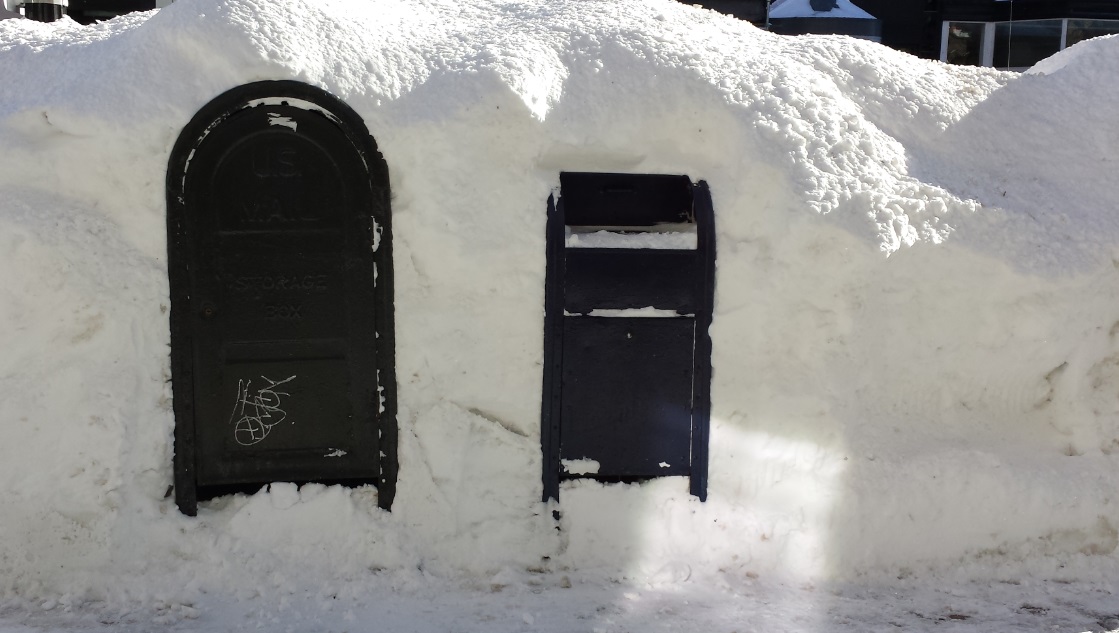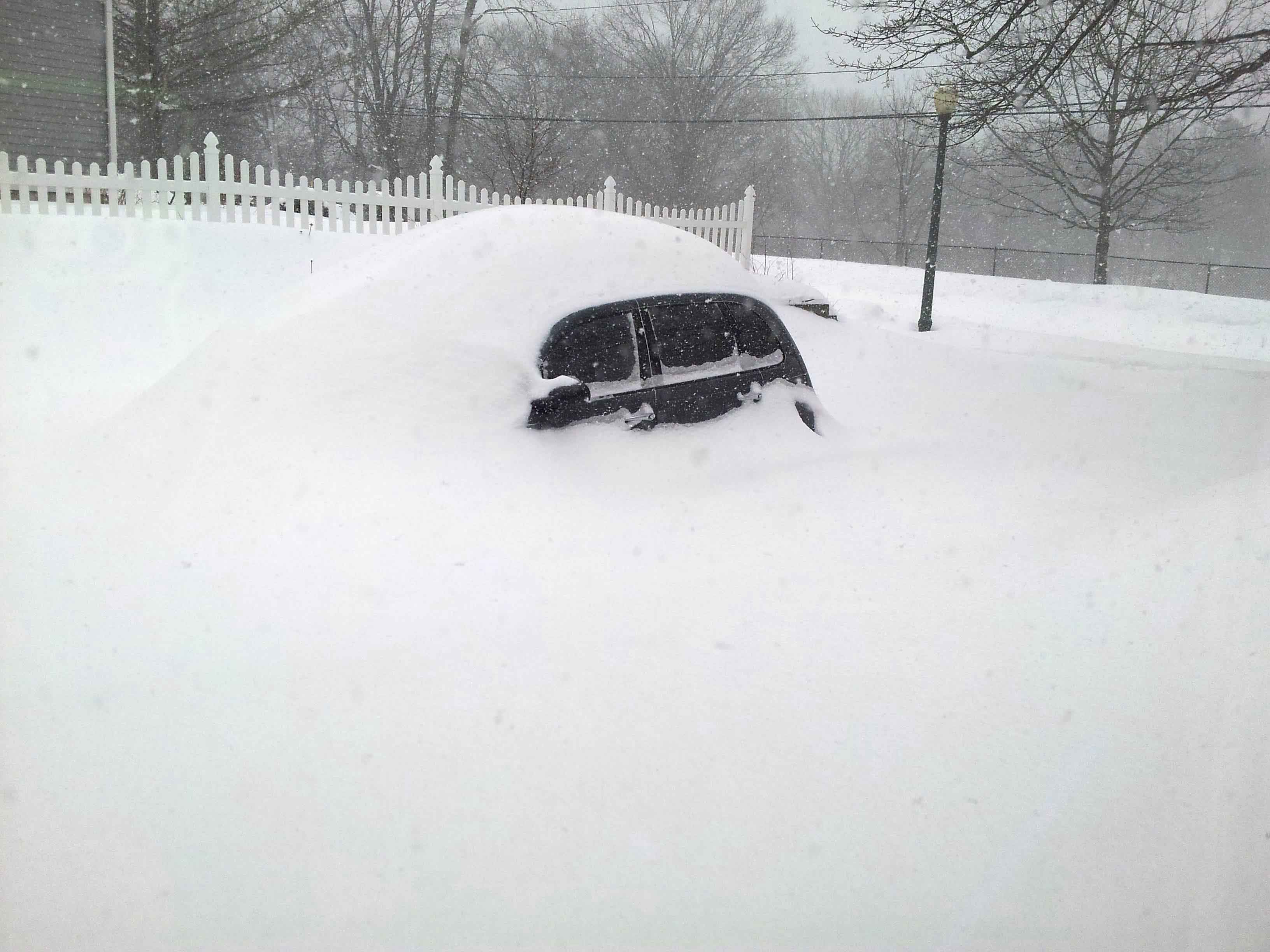
Enabling a culture of innovation
Find out how CWB National Leasing empowers employees to share ideas and innovate.
See full post

By: Karolyn Bradley, Facilities Manager
Last year Atlantic Canada saw record high levels of snowfall. The snow took a toll on the whole region, cancelling flights and making everyday tasks like getting groceries next to impossible in some places. In Saint John, N.B., the city broke its record of 427 cm set in 1963, coming in at 477 cm – as tall as a school bus standing on its head.
This year, as the temperature starts to drop, it’s hard not to wonder if comparable weather conditions are on the horizon, even though the Old Farmer’s Almanac predicts a milder winter with less precipitation than usual.
Thankfully, regardless of what the weather brings, you can take precautions to assure everything runs smoothly for your business this blizzardy winter.
Identifying potential problems will ultimately help you avoid them. A slippery entranceway is a slip-and-fall liability for your business, which on average costs workplaces $50,000 to defend, according to the U.S.-based National Floor Safety Institute.
For the wonky furnace or heating system – what would it cost your business to shut down for days, or weeks if it broke down? And for those pesky frozen pipes – would your business still be able to operate without running water?

You’ve identified the potential problems; now you have to figure out how to deal with them. Include employees in your preparation process, so everyone’s responsibilities are clear. Who’s shoveling the front entrance? Where are the space heaters? How do you turn off the main water valve in your building?
Create a list of important service companies that can help with heating, your backup generator, snow clearing, and restoration. Also, include the landlord and insurance contacts on that list.
If you own the space where your business resides, make the appropriate upgrades before the cold weather hits. If you’re leasing your location, work with your landlord and ensure your building can withstand a heavy snowfall or ice-cold temperatures. Here are a couple things to consider:
Check entrances and all emergency exits several times throughout the day during a weather event to reduce slip hazards and snow- or ice-blocked doors. This’ll make the snow removal more manageable.
Have a good supply of ice melt product and sand, and check and maintain snow removal equipment like snow blowers and shovels before the first snowfall.
If you’ve contracted a snow clearing company for parking lots, walkways and entrances, stay in contact to ensure they’re providing agreed-upon services. Communicate expectations clearly if your business needs to be near the top of their priority list. If service is lagging due to large storms, keep in contact to see when they’re coming.
Assess the state of your heating and cooling systems and then devise a maintenance plan to get the system checked regularly. Routine checkups make it less likely your system will break down when you really need it.
Have extra space heaters on site for emergency. For future planning, evaluate the current heating system and determine if you can modify it to improve any cold, higher risk spots.
Another option is improving your building’s insulation. It will help reduce heating costs and lower freezing risks. Rebates may be available.
Identify problem areas in the piping, like spots that run outside or pipes near the cold foundation. If water starts flowing poorly, that’s the first indication there may be a problem. Water damage from a burst pipe can cost tens of thousands of dollars – plus the cost of shutting down your business for days or weeks to repair.

Understand and record the condition of your building. Proper documentation of the state of your building prior to winter will help you replace things later on if anything happens.
Business owners should also review their insurance policy and have an understanding of what their policy will cover. If you’re not sure of the right plan for your business, consider sitting down with an insurance agent and discussing options.
When the snow does start to really fly and the temperature drops, listen for environmental updates and implement a long-term and short-term plan. Keep your employees, suppliers, contractors and customers updated.
Your long-term plan should include evacuation routes that address questions like: Can customers or staff with mobility issues still get in and out of the building?
Whether through email or a telephone call, keeping in touch with employees is part of an effective short-term plan. Keep customers up-to-date with social media. Let them know you’re open through the bad weather and even what your products can do to help.
Assuring your business not only survives, but thrives this winter starts with making a plan. Determine the potential risks, create weatherproof solutions, keep records and update your business’s emergency plan. Even though we don’t know what this winter has in store for us, being prepared is good business.
Posted in General business advice,
Contact us and we'll call you right away